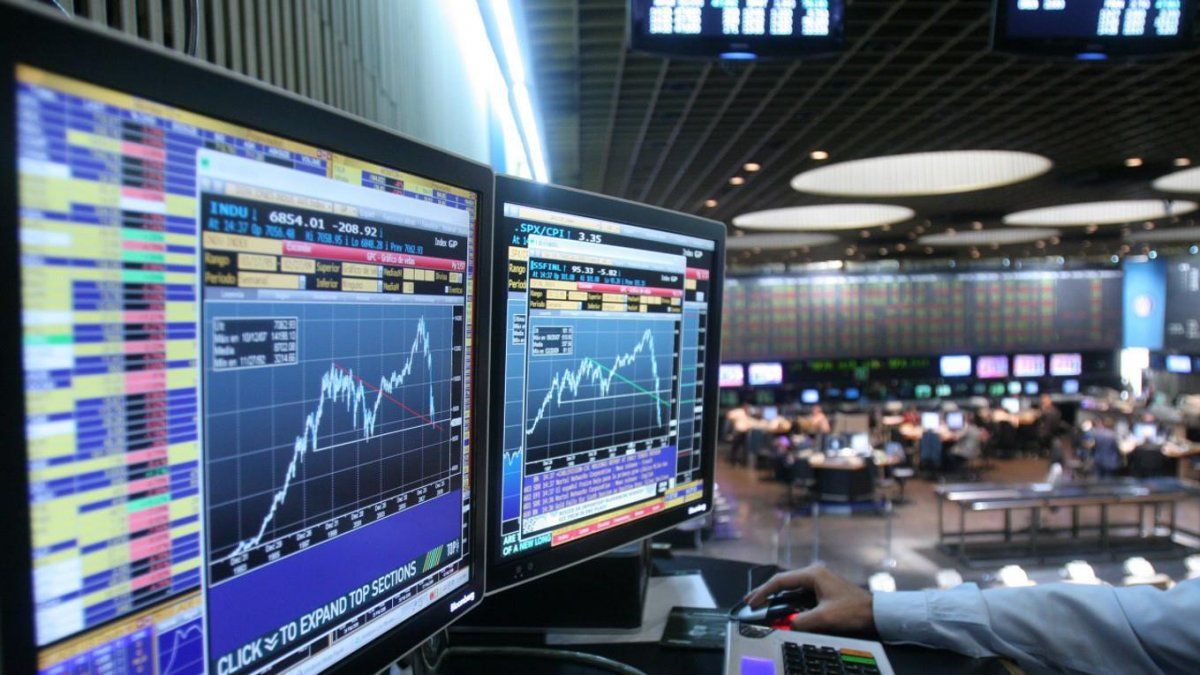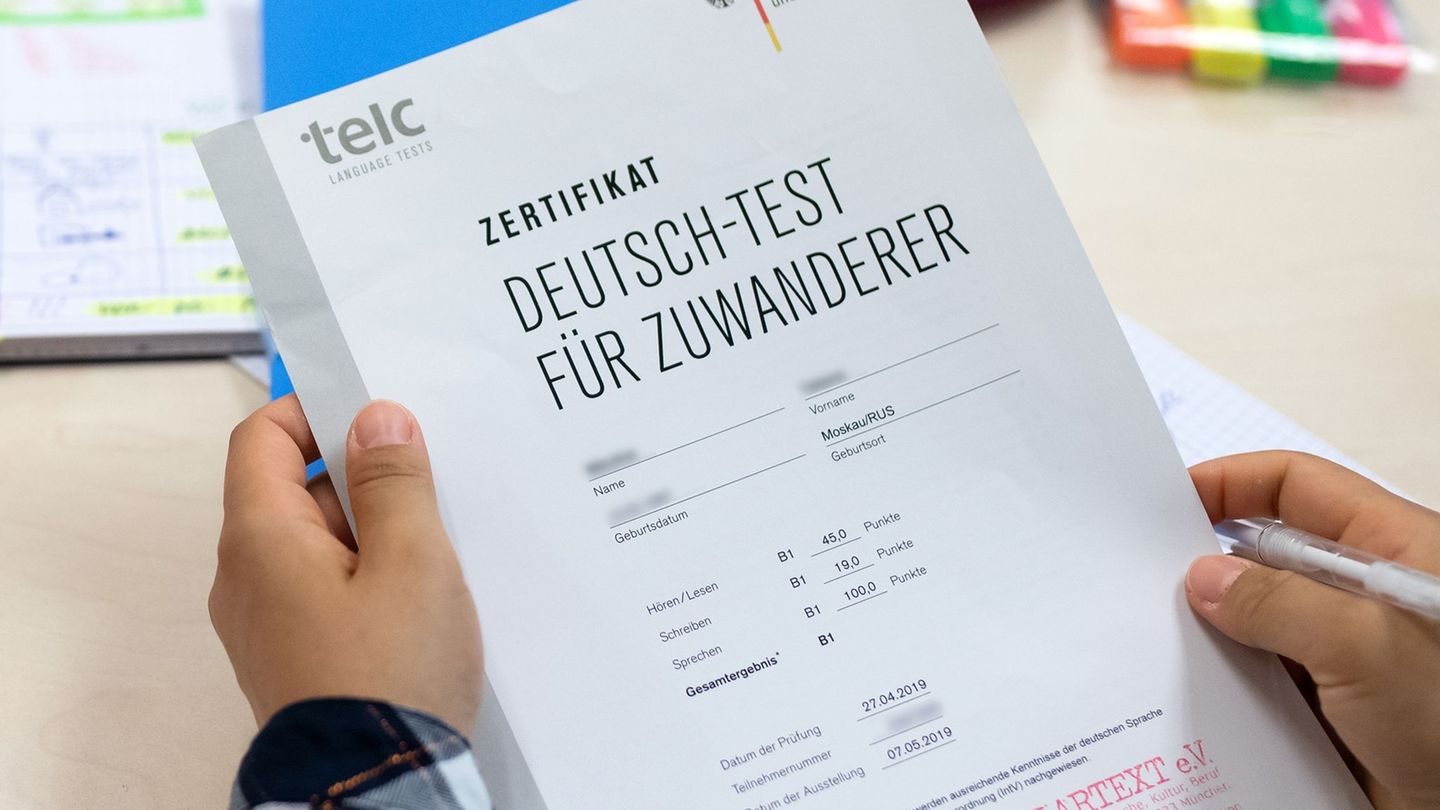Still, some leading panel stocks posted strong double-digit gains, such as South Gas Carrier (+24.2%); YPF (+23.6%); o Central Port (+18.6%). Among the main causes of these increases, the rise in oil (+17%), the expectation of a recomposition in service rates, and the agreement with the IMF stand out. The banks, for their part, managed to climb more than 12% (Banco Macro).
“The understanding with the IMF announced last Friday was the signal that the market needed to stop the hemorrhage in the prices and the volatility in the alternative exchange rates, but it is only a necessary condition and not a sufficient one to be able to speak of a reversal of the trend”, they remarked from the SBS group.
The great novelty of the month was the ETF Cedears, which began trading in the second half of January, and managed to capture the attention of retail and institutional investors, something that was reflected in the volume traded in the first trading sessions. In fact, they caused the volume of the Cedears to represent around 80% of the total amount traded in variable income in several.
On Wall Street, meanwhile, Argentine stocks ended the month with mixed balances. The rises were led by take off (+21.1%); Tenaris (+16.9%); YPF (+13.1%); and Transportadora Gas del Sur (+10.8%).
The losses, meanwhile, were led by the unicorns Globant (-18.8%); and Free Market (-16%).
Wall Street
Globally, the market was attentive to the Fed’s decisions on monetary policy in the US. Investors already take it for granted that the rate hike cycle will begin in March and the tapering schedule is confirmed. In addition, Jerome Powell hinted that the Fed’s balance sheet reduction could come sooner than expected. Another fact that had the markets on edge is the conflict in Ukraine due to the deployment of Russian troops near the border, to which NATO responded by mobilizing its forces, according to a Tavelli report.
That is why, after achieving strong gains in 2021, Wall Street had its worst month in January since the March 2022 coronacrash. Despite finishing in the last two sessions of January in a very positive way, the S&P 500 fell 5.3% in the month.
But the technological one had a worse time Nasdaq, which plunged 8.6%, its biggest drop since November 2008 (it narrowly avoided its worst January in its history; in the first month of 2008 it was down 9.9%). For its part, the Dow Jones was the one that was best able to withstand the downward momentum of the markets in January, falling just 3.3%.
“The negative performance of the US indices responded largely to the recent change in the Fed’s discourse, which no longer considers inflation to be a transitory phenomenon and therefore, it will be necessary to take measures to contain it”, said Maximiliano Donzelli, Head of Research at Inversiónronline (IOL).
bonuses
As far as fixed income is concerned, January was a month in which “global bond parities gave way sharply in the face of uncertainty until the last minute about last Friday’s payment to the IMF”, commented to Ambit Juan Manuel Franco, economist group SBS
The falls in the month until then exceeded 10% in dollars and minimum parity levels after the last restructuring in 2020, although once the understanding with the IMF was announced, the bonds experienced strong increases, which in any case were not enough to reverse the cumulative monthly negative trend.
The biggest losses were recorded by Overall 2035 (-4.2%); Global 2029 (-2.7%); and the Bonar 2030 (-2.5%), despite having achieved very important rebounds at the end of the month. Among the few that managed to move to positive territory, appear Global 2041 (+0.8%); and Global 2038 (+1.5%).
With this scenario, the Argentine country risk rose over the month by 1.2% to 1,723 points, after touching 1,969 points a week ago, maximum since the exchange with private parties in 2020.
Again, the winners of the month were the bonds adjustable by CER, which achieved increases of up to 2 digits in the long section of the curve, driven by the inflation figure for December (3.8%), which revived expectations of a high CPI for the first months of the year. For example, the Par bond rose 22.3%, the Quasipar, 15.7%; while the Boncer 2026 climbed 11.4%.
For its part, the dollar-linked sovereign tranche operated mixed in January: TV22 fell 1.5%, while both T2V2 and TV23 rose 1.6%.
“It was a very inauspicious month for almost all market instruments, given the volatility that occurred in Argentina due to the negotiations with the IMF. The exception was some bonds adjusted for inflation, which had slight increases in dollars, especially those in the longest part of the curve”, commented to this medium Matthew Reschini, Senior Research Analyst en Inviu.
Commodities
Regarding raw materials, mostly positive results were recorded. Crude supply shortages and political tension in Eastern Europe and the Middle East led to oil to crown its biggest monthly advance in almost a year: +17%.
What’s more, soybeans gained more than 11%, driven by concerns about lower crop estimates in South America.
The exception was the gold, which yielded 1.7%, its worst monthly performance since September, against expectations of interest rate hikes by the Fed.
Source: Ambito
David William is a talented author who has made a name for himself in the world of writing. He is a professional author who writes on a wide range of topics, from general interest to opinion news. David is currently working as a writer at 24 hours worlds where he brings his unique perspective and in-depth research to his articles, making them both informative and engaging.



